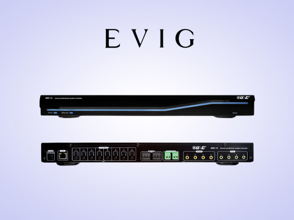21011200 Call Insights: Tracing International Call Patterns and Service Providers

The “21011200 Call Insights” report offers a comprehensive analysis of current trends in international calling patterns and the performance metrics of various service providers. It reveals a shift towards longer, more meaningful interactions, influenced by competitive pricing and improved accessibility. The findings also highlight the growing preference for mobile applications and VoIP solutions. An exploration of these dynamics raises critical questions about how telecommunications will adapt to meet the evolving demands of consumers.
Key Trends in International Calling Patterns
As global connectivity increases, the landscape of international calling patterns is evolving significantly.
Emerging markets are witnessing a notable rise in call duration, driven by enhanced accessibility and competitive pricing. This shift reflects broader trends in communication preferences, with users increasingly favoring longer, more meaningful interactions.
Such developments not only highlight the demand for connectivity but also suggest a transformation in global communication dynamics.
Analyzing Service Provider Performance
The evaluation of service provider performance in the realm of international calling is crucial for understanding shifts in consumer behavior and market dynamics.
Analyzing service quality involves assessing call clarity, connectivity rates, and customer support efficiency, while pricing strategies must reflect competitive market rates.
This thorough analysis enables stakeholders to identify leading providers, optimizing choices aligned with consumer expectations for reliable and cost-effective communication solutions.
Consumer Behavior and Preferences
How do consumers navigate their choices in international calling services amidst a rapidly evolving market landscape?
Analyzing consumer preferences reveals that individuals prioritize cost-effectiveness, call quality, and ease of use.
Furthermore, shifting calling habits increasingly favor mobile applications and VoIP solutions.
This transition underscores a demand for flexibility, compelling service providers to adapt their offerings to meet diverse consumer needs and expectations.
Future Implications for Telecommunications Industry
While emerging technologies reshape communication landscapes, the telecommunications industry faces significant challenges and opportunities.
Advancements such as 5G and AI-driven analytics promise enhanced service delivery but require adaptation to regulatory changes. Companies must navigate evolving compliance frameworks while leveraging innovative solutions to meet consumer demands.
This balancing act will ultimately define the sector’s trajectory, necessitating agility and foresight in strategic planning.
Conclusion
In conclusion, the “21011200 Call Insights” report underscores the dynamic nature of international calling trends, revealing a consumer shift towards longer, quality interactions facilitated by competitive pricing and advanced technology. While some may argue that traditional calling methods remain prevalent, the increasing adoption of mobile applications and VoIP solutions signifies a transformative period for telecommunications. Service providers must adapt to these changes, ensuring enhanced call clarity and robust customer support to thrive in this evolving landscape.





